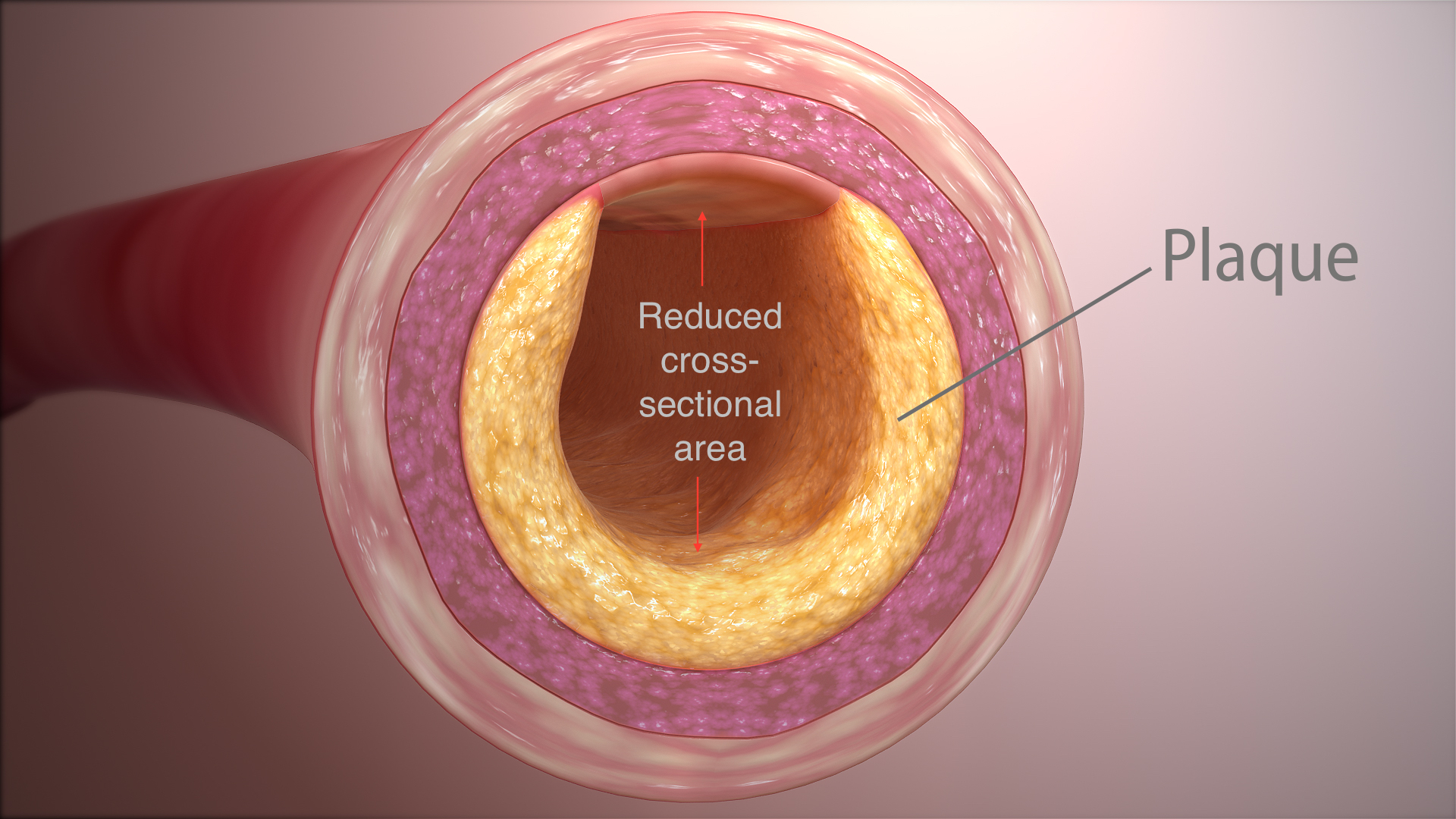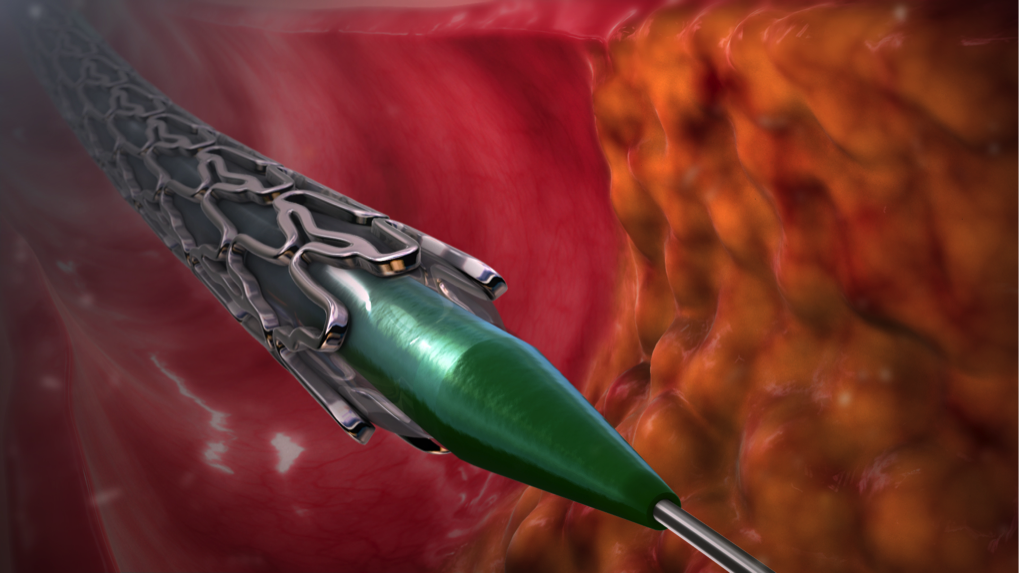Arterial blockage is a primary suspect in heart attacks. The internet is replete with advice on how to prevent arterial blockage; but how do doctors fix your vessels once they are already blocked. Well, the inside of your arteries may not look like the Taj Mahal, but it is fixed in much the same way.
The termite nature of plaque
Sounds like an odd analogy, but just as termites promote rot in building structures, plaque can do the same for your heart muscle. The heart is the organ that circulates blood around the body, but to work, it needs it’s own blood supply; it gets this from the Coronary Arteries. Since this flow is what feeds the surrounding heart muscle, over time the heart muscle dies. A condition called atherosclerosis occurs when plaque builds up inside the arteries, and it is the main cause of peripheral artery disease. Just like the rotted part of a structure fails to provide support to the structure, the narrowing of arteries inhibits blood flow, the main purpose of the arteries.
Scaffolding for your heart
Before a monument collapses, there are often telltale signs. Before a heart attack, clogged arteries can often be suspected with blood tests and diagnosed with Cardiac MRIs. But how do you fix it once it’s diagnosed? In a building, scaffolding is used to provide support to the structure as it’s being worked on. In your body, scaffolding is not rectangular, it’s round, looks surprisingly similar, and is called a ‘stent’. A stent serves to help prop the artery open and prevent it from narrowing again. Like scaffolding, stents prevent structural collapse while the artery is being “worked on”. They can be either a made of metal mesh or fabric stents are also available, called stent grafts, and are used in larger arteries. They can even be made of biodegradable materials.
Some stents are coated with medication to help keep your artery open (drug-eluting stents), while others are not (bare-metal stents).
Once the structural support is in place, the actual restoration can begin.
Stents = many trick ponies
In monuments, a specialist workforce performs repairs. In the body, a CardiacStent has to perform all of the aspects of reversing the arterial blockage. Luckily, cardiac stents are often equipped to perform many functions. First, they physically remove the blockage by opening up the artery as they expand. Second, they release or ‘elute’ drugs that dissolve the remaining plaque. In fact, drug-eluting stents, for some months, slowly and continuously release medicine into the arteries to prevent blockage from recurring.
Having cleared out the initial obstruction, and prevented the problem from recurring, the last thing that any good work crew needs to do is to clean up after itself. And now, stents can even recycle themselves. Biodegradable, drug-eluting stents perform all of the work mentioned above, and then, they simply disappear. The body slowly breaks down the stent itself into things that are digestible or can be filtered out by the kidneys. The breakdown happens over many months, giving the cardiac stent time to complete its restoration duties.
All’s well that ends
The best part of monument restoration is the end. The ability to see the structure as its constructors originally intended; it is what we consider photo-worthy. That’s how cardiac surgeons feel about seeing a restored artery. And presumably, if they were to keep albums of fluoroscope pictures like this, the last image is the one that would be most satisfying to look at.

Transcatheter Heart Valves: How they revolutionized heart surgeries
Problems of heart valves can be age-related, can result from disease such as rheumatic fever or infection (endocarditis) or a defect present at birth. When the valves don't open or close completely during each heartbeat, the heart muscle has to pump harder to keep the blood flowing and prevent heart failure. Read More..











